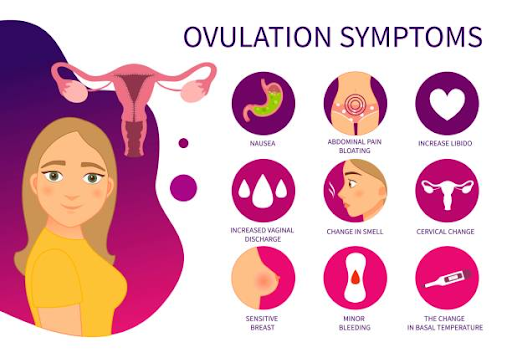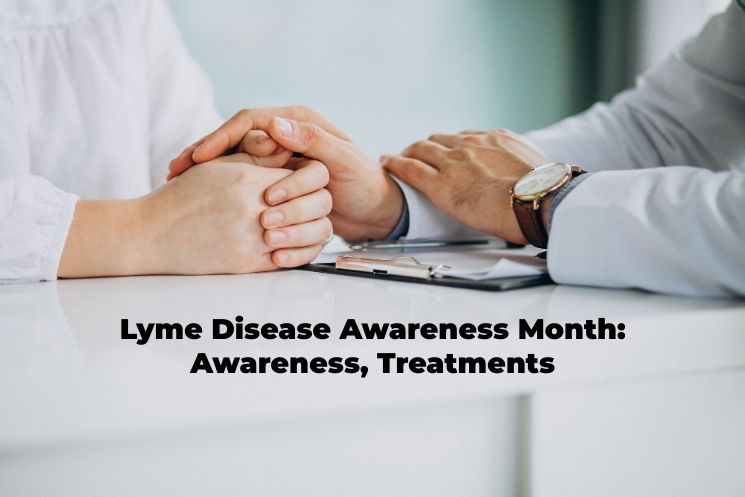Ovulation symptoms are crucial indicators of a woman’s fertile period, highlighting the release of an egg from the ovaries. Occurring midway through the menstrual cycle, ovulation symptoms may vary from woman to woman but commonly include increased cervical mucus, mild pelvic pain or twinges, breast tenderness, and a slight rise in basal body temperature. The surge in luteinising hormone (LH) triggers ovulation, allowing conception possibilities during this window. Understanding these symptoms empowers women to track their fertility accurately, aiding family planning efforts, natural conception attempts, or avoidance of pregnancy through fertility awareness methods. Always consult a healthcare professional for personalised guidance.
Brief of the Ovulation Symptoms
- Understanding ovulation symptoms can be beneficial for women who are trying to conceive, as well as those who wish to avoid pregnancy through natural family planning methods.
- Ovulation typically occurs around the middle of the menstrual cycle, which is usually around day 14 in a 28-day cycle. However, the exact timing can vary from woman to woman, depending on the length of her cycle and other individual factors.
- One of the primary ovulation symptoms is an increase in cervical mucus. Leading up to ovulation, the cervix produces more mucus that is clear, slippery, and stretchy – similar to the consistency of raw egg whites. This fertile cervical mucus helps sperm travel through the reproductive tract and increases the chances of fertilization
- Another common symptom is mild pelvic pain or twinges. Some women may experience a dull ache or a series of sharp, short-lived pains on one side of the lower abdomen, known as mittelschmerz. This pain occurs as the matured egg is released from the ovary and can help women identify their most fertile days.
- Breast tenderness is also a possible ovulation symptom. Hormonal fluctuations during ovulation bleeding can lead to breast discomfort and sensitivity. While this symptom is not universal, some women may notice their breasts feeling fuller and more tender around the time of ovulation.
- Tracking basal body temperature (BBT) is another way to detect ovulation symptoms. Before ovulation, a woman’s BBT tends to be lower, but it rises slightly (about 0.5 to 1 degree Fahrenheit) after ovulation due to an increase in the hormone progesterone. Monitoring BBT over time can help pinpoint the exact day of ovulation, which is useful for timing intercourse to increase the chances of conception.
- Some women may also experience other subtle symptoms during ovulation, such as increased sex drive or heightened sense of smell. These symptoms are thought to be influenced by hormonal changes during the fertile phase of the menstrual cycle.
- It is essential to note that not all women experience noticeable ovulation symptoms. Additionally, some symptoms, like breast tenderness and mood changes, can also be associated with other phases of the menstrual cycle. Therefore, using a combination of tracking methods, such as observing cervical mucus changes, monitoring BBT, and paying attention to any other noticeable changes, can help increase accuracy in identifying ovulation.
Conclusion
Understanding ovulation symptoms is pivotal for women’s reproductive health and family planning. Recognising the subtle changes in cervical mucus, pelvic pain, breast tenderness, and basal body temperature can aid in determining the most fertile days for conception or natural contraception.



